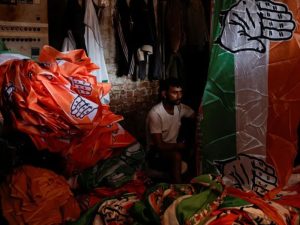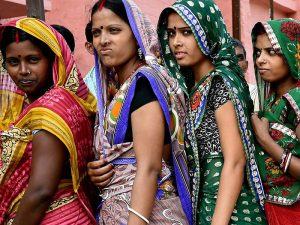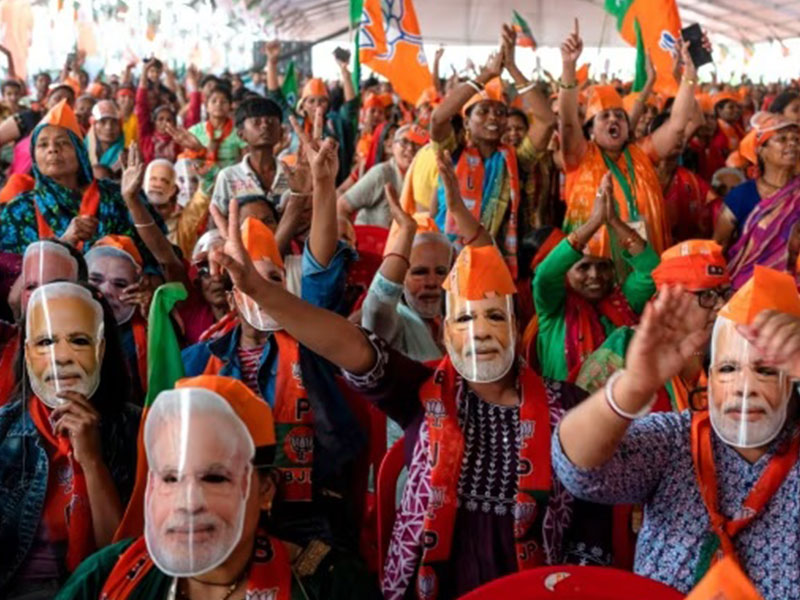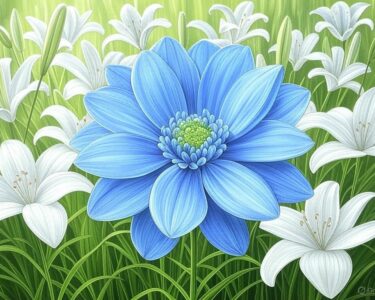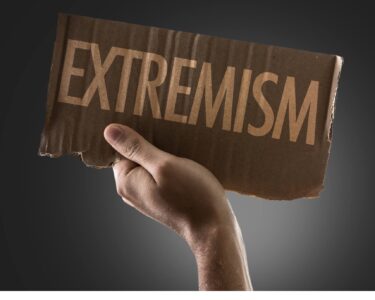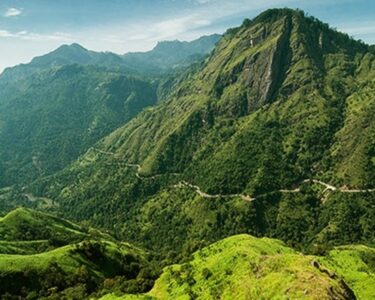The 6-week-long general election starts on April 19 and results will be announced on June 4. The voters, who comprise over 10% of the world’s population, will elect 543 members for the lower house of Parliament for a five-year term.
The number of women entering the fray for the Lok Sabha election from Tamil Nadu has gradually increased, coinciding with the rise in the total number of candidates since the 2009 general election.
In 1957, just 45 women candidates were contesting the Lok Sabha election; by 2019, this figure had risen to 726, Election Commission data shows, even as the percentage of women in Parliament has increased from 4.5% in 1957 to 14.4% in 2019.
According to data from the Election Commission of India (EC), nearly 8% of the 950 candidates contesting in the upcoming Lok Sabha election in the State are women.
in the country’s 2019 general election, the historic gap between male and female turnout came to an end; for the first time on record, women voters turned out to vote at higher rates than men. Political commentators say that a high turnout of women is expected in this election.
Political Merchandise
Political merchandise has become a hot business just before nearly a billion Indians begin to vote on the 19th of Aprial.
Garment makers are temporarily converting factories into production hubs for election flags and banners.
Flag makers are working overtime to meet a surge in demand.
Garment makers have put a hold to Sari production and started making election flags and banners.
One such factory owner, Mukesh Agarwal who spoke to Aljazera , said there are as many as 40 similar factories in Mathura, a temple town in Uttar Pradesh, India’s most populous state and key political battleground.
“The cheapest and best items used for political campaigns are banners and flags,” Agarwal said.
Election merchandise is a low-margin, high-volume business, where the price of a party badge can start from 1 rupee ($0.01).
